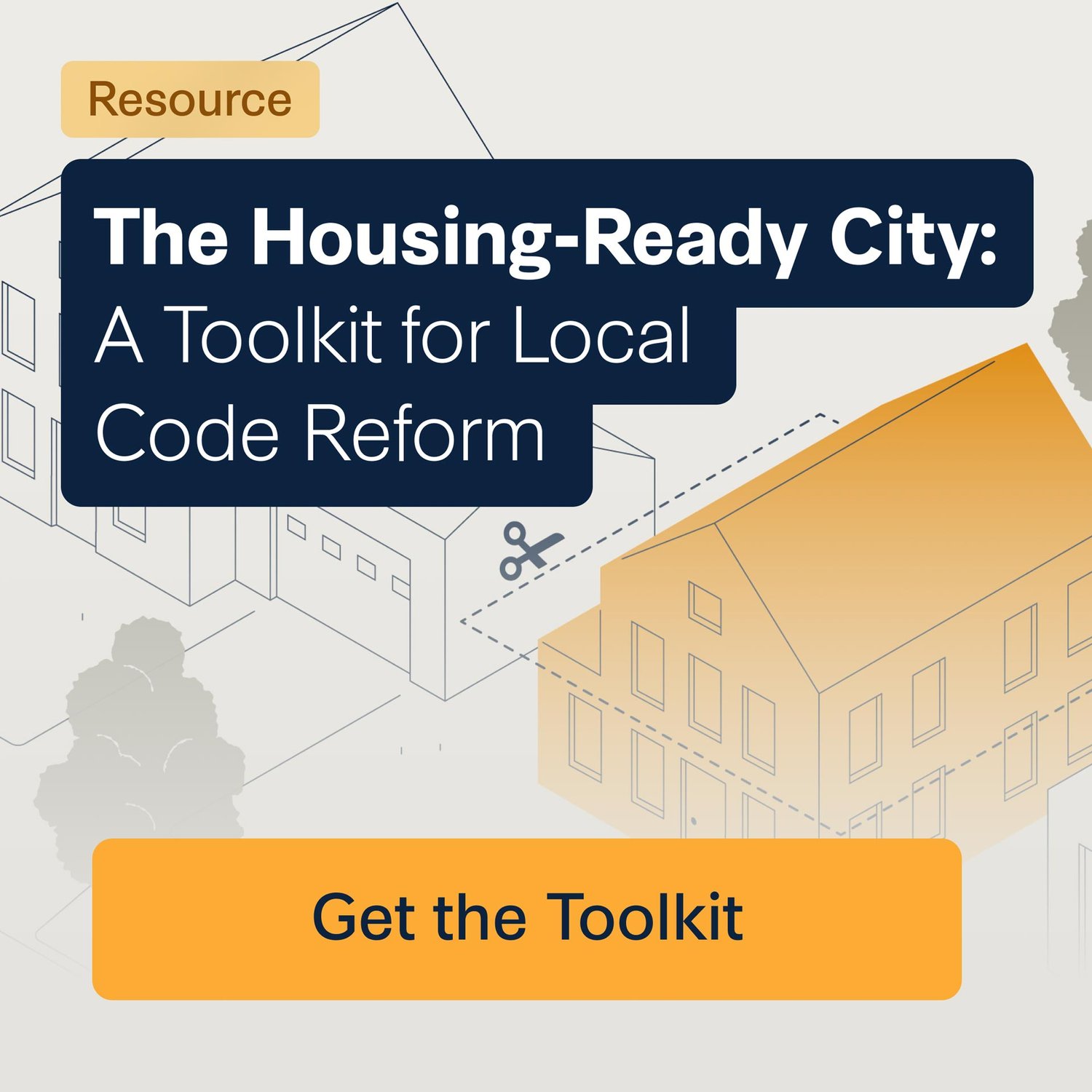North Carolina is Ditching 1960s Era Zoning
Photo by Gene Gallin on Unsplash
North Carolina lawmakers have introduced four bipartisan bills designed to address the state’s growing housing needs.
These proposals aim to meet demand by legalizing middle housing options like duplexes and triplexes, permitting residential development in commercial zones, and easing building code restrictions for small apartment buildings. This broad, cross-party effort signals that housing isn't a partisan issue—it’s a shared concern for the future of the state.
Filling in the Missing Middle
One of the most significant proposals is the legalization of "missing middle" housing, including duplexes, triplexes, and fourplexes. Senate Bill 495 (SB 495) seeks to gently increase housing supply in neighborhoods where single-family homes currently dominate, opening the door for more affordable options without overhauling the neighborhood’s feel. Legalizing “missing middle” housing has already proven successful in other parts of the country, such as Oregon, where statewide zoning changes allowed for more multi-family housing, ultimately lowering housing costs while maintaining community aesthetics.
“Across North Carolina—from Wilmington to Durham to Waynesville—demand for housing in walkable, job-rich neighborhoods is soaring,” Jennifer Truman of City Builder writes. “But local zoning codes still ban anything except detached houses in most neighborhoods. SB 497 could change that.”
The bill doesn’t ban doesn’t ban single-family homes, she adds. “It simply legalizes other options alongside them.”
SB 497 works in tandem with another bill, SB 495 which would legalize accessory dwelling units (ADUs) in all areas currently zoned exclusively for single family homes. In other words, homeowners could, by-right, build a backyard cottage or a rooftop addition or even a basement-level in-law suite on their property for an aging relative or future renter.
ADUs are considered a bottom-up approach to housing because they empower individual homeowners to take an active role in addressing housing needs within their own communities. Instead of relying solely on large developers or government-driven projects, ADUs allow homeowners to add housing units to their properties—whether it's a backyard cottage, basement apartment, or above-garage suite. By enabling people to build these units with fewer restrictions, cities can tap into a wealth of untapped potential for housing creation, especially in established areas with existing infrastructure.
When California passed its ADU-friendly legislation in 2017, the impact was immediate. Permits skyrocketed, and construction took off. By 2023, San Diego saw more ADUs built than single-family homes—1,348 ADUs compared to 1,225 new single-family houses. This isn’t just a statistic; it’s proof that when the rules allow it, homeowners and builders step up to meet demand.
Bringing Back What Worked
Beyond single-family neighborhoods, bills SB 499 and SB 492 are set to reshape how North Carolina builds housing. SB 492 introduces a simple yet powerful change: allowing apartment buildings up to 75 feet (6-8 stories) to be built with just one stairwell, as long as they meet strict fire safety standards. “A simple code change like this makes construction more viable on small lots, adds more usable space to each floor plan, and allows for flat-style homes that work better for seniors, families, and people with mobility challenges,” says Truman.
Meanwhile, SB 499, titled Allow Housing Near Jobs will make it easier to build homes where people already work and shop. If passed, the bill would require local governments to allow residential development by right in all commercial, office, and retail zones—eliminating the need for costly rezonings and bureaucratic hurdles. It also encourages the adaptive reuse of underutilized commercial buildings, turning vacant storefronts and empty office spaces into much-needed housing. By integrating homes into business districts, SB 499 aims to cut down commute times and make better use of existing infrastructure—lowering costs for both residents and municipalities.
“These reforms won’t mandate high-rises or bulldoze anyone’s neighborhood,” Truman says of the proposals. “What they will do is bring back the kinds of housing that already work, already reflect our values, and already belong here. Homes that reflect flexibility, fairness, family, and freedom. Which is why it makes sense to see these ideas brought forward by both republican and democrat state lawmakers.”
If you’re an elected official, you see the housing struggles in your community firsthand. You hear from constituents who can’t find options that fit their needs or budget. Fixing the problem may seem daunting, but cities and states across the country are showing that smart, targeted policy changes can unlock the opportunities residents have long demanded.
Want to learn how your community can do the same? Explore case studies, policy recommendations, and practical strategies in the Strong Towns Housing-Ready City Toolkit.







